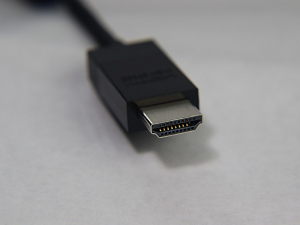 The great thing about standards is that they provide a standard. A common framework that the manufacturers in any given industry can design around. That’s amazing when everything works the way it’s supposed to but sometimes the system goes haywire.
The great thing about standards is that they provide a standard. A common framework that the manufacturers in any given industry can design around. That’s amazing when everything works the way it’s supposed to but sometimes the system goes haywire.
Sometimes things just don’t work out as planned.
Take the world of HDMI. The HDMI standards are a mess. That’s particularly true of the HDMI 2.1 standard. That is only haphazardly supported by the major television manufacturers, cable makers and the manufacturers of the devices required to set up gaming systems on modern televisions.
Essentially the problem is that bad standard means spotty support for it. Spotty support means an increase in consumer frustration. Unfortunately, the new 2.1a standard probably isn’t going to help and may actually make things worse.
The hallmark of this new standard is the addition of something called Source-Based Tone Mapping or SBTM for short. It’s a new HDR feature that offloads a portion of the HDR tone mapping to whatever the source of the actual content is (your computer, your Xbox, or whatever).
This tone mapping is done in tandem with whatever your TV itself is doing which should be a good thing. Since the workload is being divided it should get done more quickly. It could also help existing HDR setups work better and more effectively by removing the need to have the user manually calibrate their screens. Doing that can be a lesson in frustration.
Unfortunately, in practice most users won’t get access to the new feature unless they update their equipment. This is because support for HDMI2.1a will only be available on existing devices via firmware updates that most manufacturers are slow to provide if they provide them at all. Even worse is that SBTM is listed as an optional feature. This means that relatively few manufacturers will prioritize support for it.
Again, standards are wonderful things when they are well designed and broadly embraced. That’s definitely not the case here and that’s a real pity.


